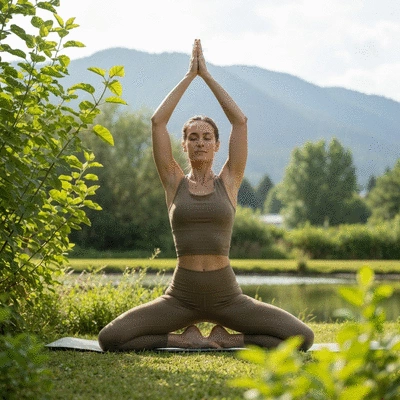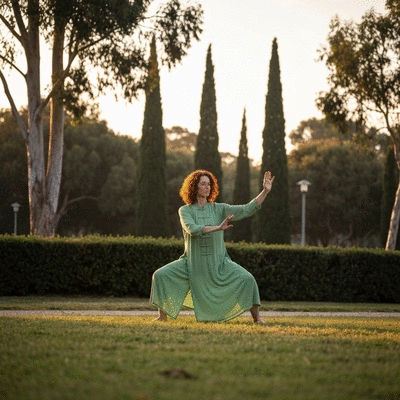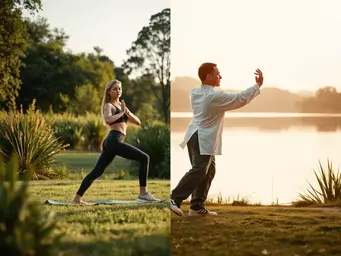Yoga: Ancient Roots, Holistic Well-being
- •Origin: India, 5000+ years ago
- •Focus: Body, mind, spirit connection
- •Key Elements: Postures (asanas), breath control (pranayama), meditation
- •Benefits: Flexibility, strength, balance, calming nervous system, mental clarity





